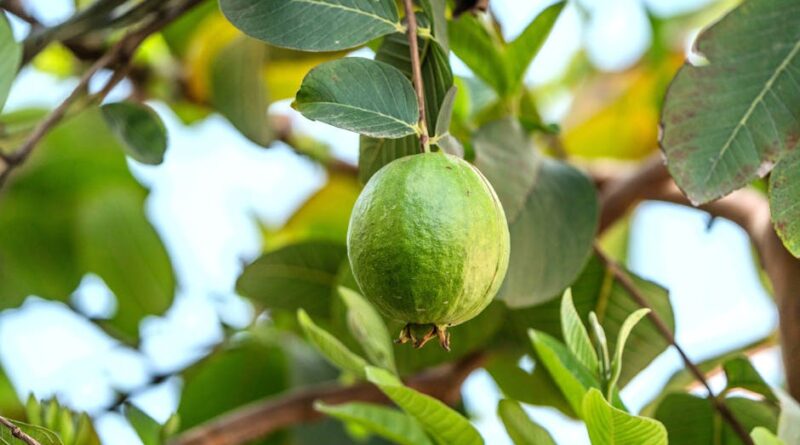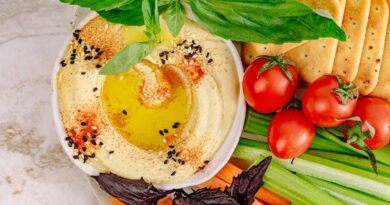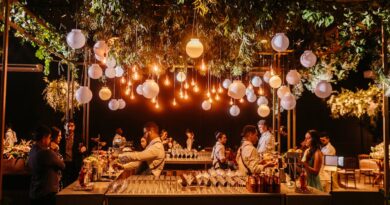Mastering the Art of Food Photography: A Comprehensive Guide
Have you ever scrolled through Instagram and stopped at a picture of a beautifully plated dish, feeling as though you could almost taste it? Food photography has a unique ability to evoke emotions, trigger memories, and stimulate our senses. Whether you’re a professional food photographer, a food blogger, or just someone who enjoys capturing culinary creations, mastering the art of food photography can take your images to the next level. In this comprehensive guide, we will delve into the world of food photography, exploring techniques, tips, and tricks to help you elevate your skills. Join us on this visual journey as we uncover the secrets behind creating mouthwatering food photos.
The Importance of Food Photography
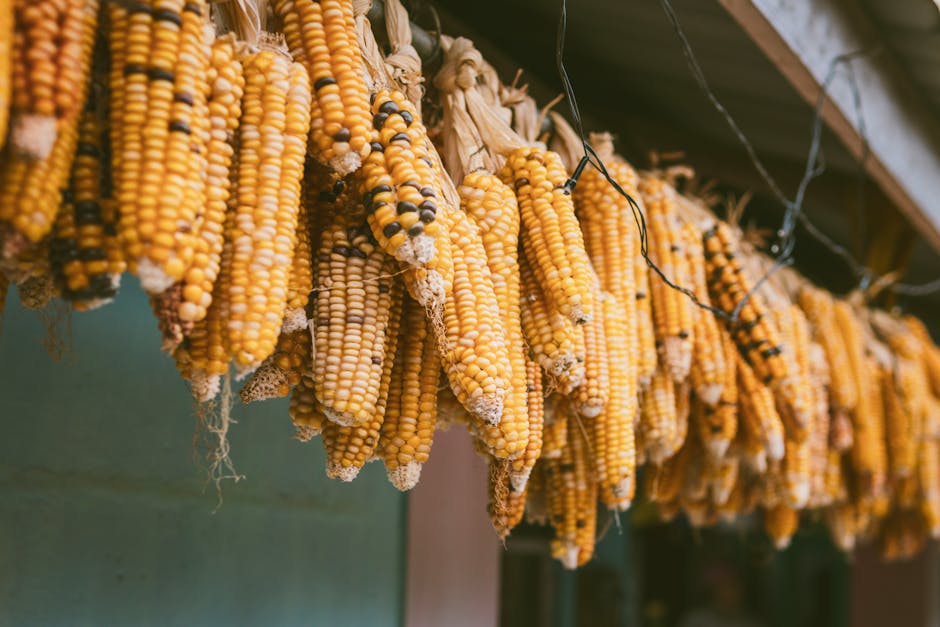
Food photography plays a crucial role in the culinary world, influencing our perception of food, recipes, and dining experiences. In today’s digital age, where social media platforms are flooded with food images, the ability to capture stunning photos has become a valuable skill. A well-executed food photograph can entice viewers, attract customers to restaurants, and even elevate the reputation of chefs and food bloggers. With the rise of food-centric content online, mastering food photography has become essential for anyone looking to make an impact in the culinary industry.
Understanding the Basics
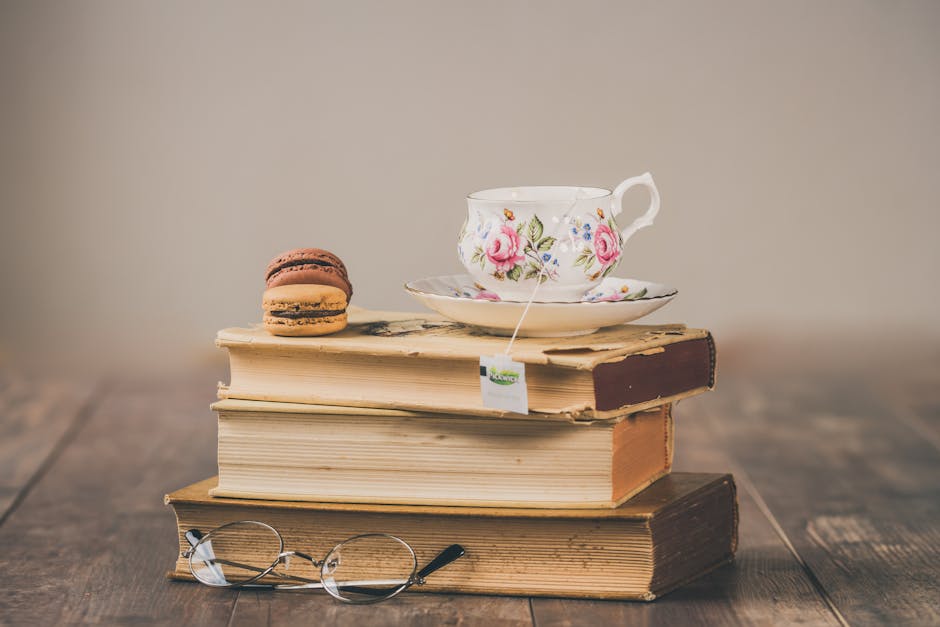
Before diving into the intricacies of food photography, it’s important to grasp the fundamental principles that govern this art form. Lighting, composition, styling, and equipment are key components that can make or break a food photograph. Natural light is often preferred for food photography as it helps to capture the true colors and textures of the dish. Understanding how to manipulate light, whether through diffusers or reflectors, can significantly enhance your images. Composition, on the other hand, involves arranging elements within the frame to create a visually appealing shot. From the rule of thirds to leading lines, composition techniques can guide the viewer’s eye and create a sense of balance in your photos.
The Role of Styling in Food Photography
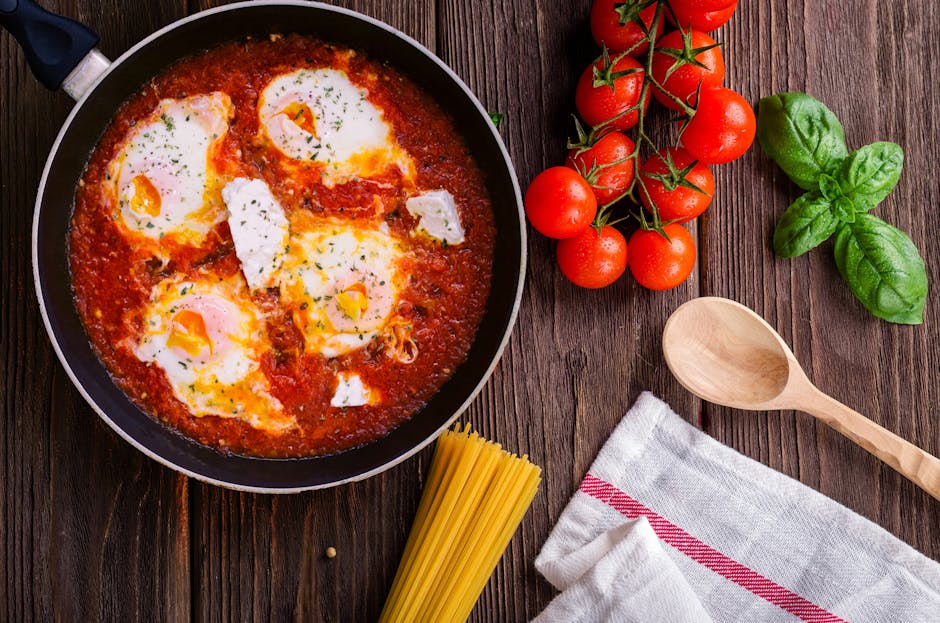
Styling is a critical aspect of food photography, as it involves arranging the elements of a dish to create an aesthetically pleasing composition. From choosing the right props to garnishing the plate, styling can elevate a simple dish into a work of art. Props such as utensils, napkins, and background elements can add context and visual interest to your photos. When styling a dish, it’s important to consider factors such as color contrast, texture, and symmetry. By paying attention to these details, you can create visually striking images that resonate with your audience.
Equipment Essentials for Food Photography
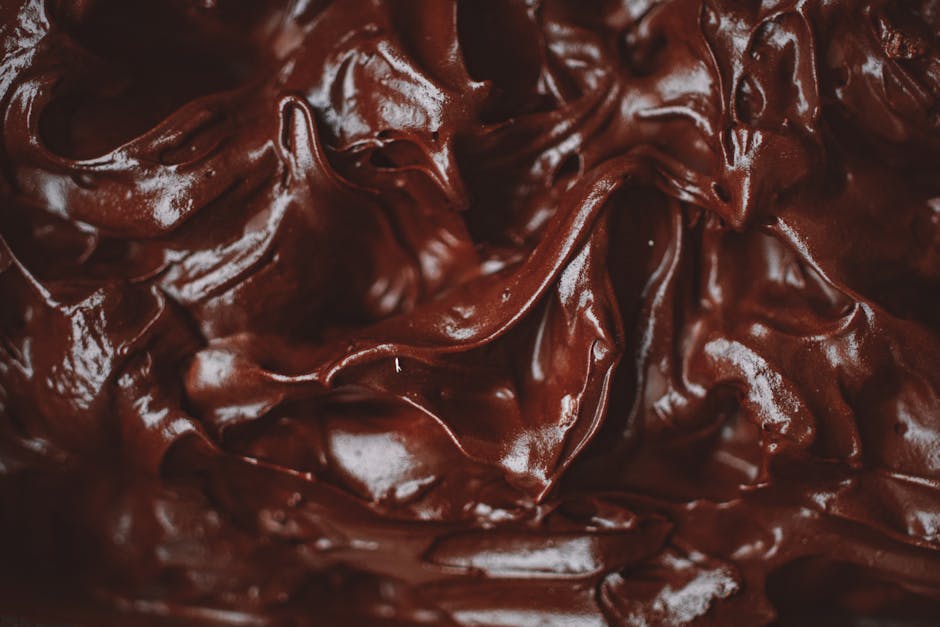
While you don’t need a top-of-the-line camera to capture stunning food photos, having the right equipment can certainly make a difference. A digital single-lens reflex (DSLR) camera or a mirrorless camera with manual settings can give you more control over your images. Invest in a good quality lens, such as a prime lens or a macro lens, to capture the intricate details of food. Tripods and remote shutter releases can help stabilize your shots and minimize camera shake. Additionally, having a selection of backdrops, surfaces, and props can expand your creative possibilities and add variety to your photos.
Advanced Techniques in Food Photography
Once you’ve mastered the basics of food photography, you can explore advanced techniques to take your images to the next level. Experiment with different angles, perspectives, and focal lengths to create unique compositions. Play with depth of field to draw attention to specific elements of the dish. Incorporate motion blur or selective focus to add a sense of dynamism to your photos. Post-processing tools such as Adobe Lightroom or Photoshop can help enhance colors, contrast, and sharpness in your images. By continually challenging yourself and pushing the boundaries of traditional food photography, you can develop a signature style that sets your work apart.
The Art of Storytelling Through Food Photography
Food photography is not just about capturing a pretty picture; it’s also about telling a compelling story. Every dish has a narrative, whether it’s the history behind a traditional recipe or the creative process that inspired a chef’s creation. By incorporating elements of storytelling into your food photos, you can engage viewers on a deeper level. Consider the context in which the dish is served, the emotions it evokes, and the cultural significance it holds. By infusing your images with storytelling elements, you can create a more immersive and memorable experience for your audience.
Common Misconceptions About Food Photography
One common misconception about food photography is that you need expensive equipment to take good photos. While high-quality gear can certainly enhance your images, creativity and skill are ultimately more important. Another misconception is that food photos should look perfect and flawless. In reality, imperfections can add character and authenticity to your photos. Embrace the natural beauty of food, including its textures, colors, and shapes. Don’t be afraid to experiment and take risks with your photography, as it’s often through trial and error that you discover your unique style.
FAQs About Food Photography
1. Do I need a professional studio setup to take good food photos?
While a studio setup can provide controlled lighting and backgrounds, you can achieve great results with natural light and simple props at home.
2. How can I make my food photos more engaging?
Experiment with different angles, props, and compositions to create visually interesting images. Incorporate storytelling elements to add depth to your photos.
3. What post-processing tools do you recommend for food photography?
Adobe Lightroom and Photoshop are popular choices for editing food photos. Experiment with adjustments to enhance colors, contrast, and sharpness in your images.
To Wrap Things Up
Mastering food photography is a journey that requires patience, practice, and creativity. By understanding the fundamentals of lighting, composition, styling, and equipment, you can capture mouthwatering images that resonate with your audience. Experiment with advanced techniques, incorporate storytelling elements, and embrace imperfections to develop your unique style. Remember, food photography is not just about taking pictures of food; it’s about creating visual stories that evoke emotions and inspire others. So pick up your camera, gather your props, and start capturing the beauty of food through your lens. Bon apptit!

